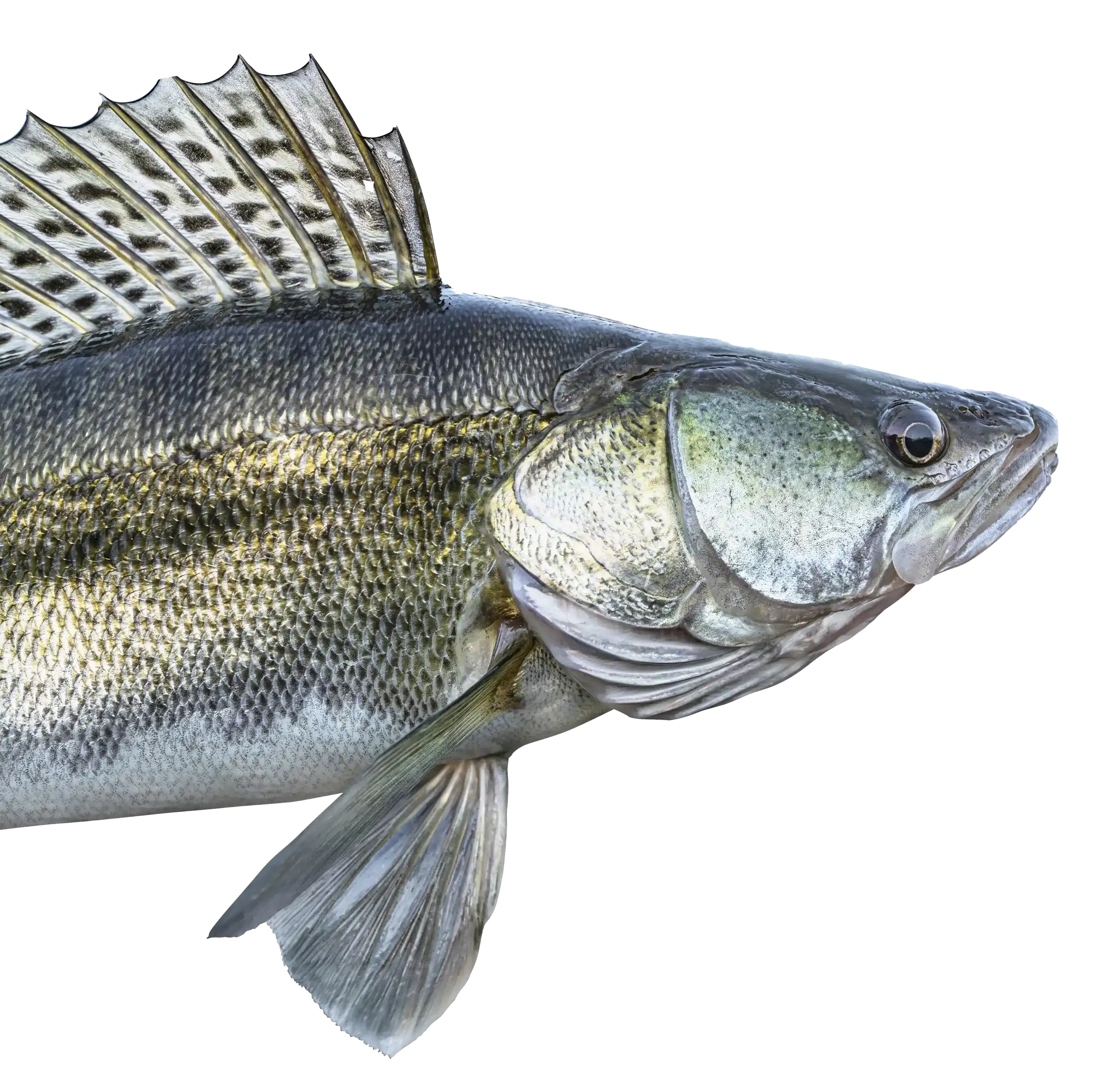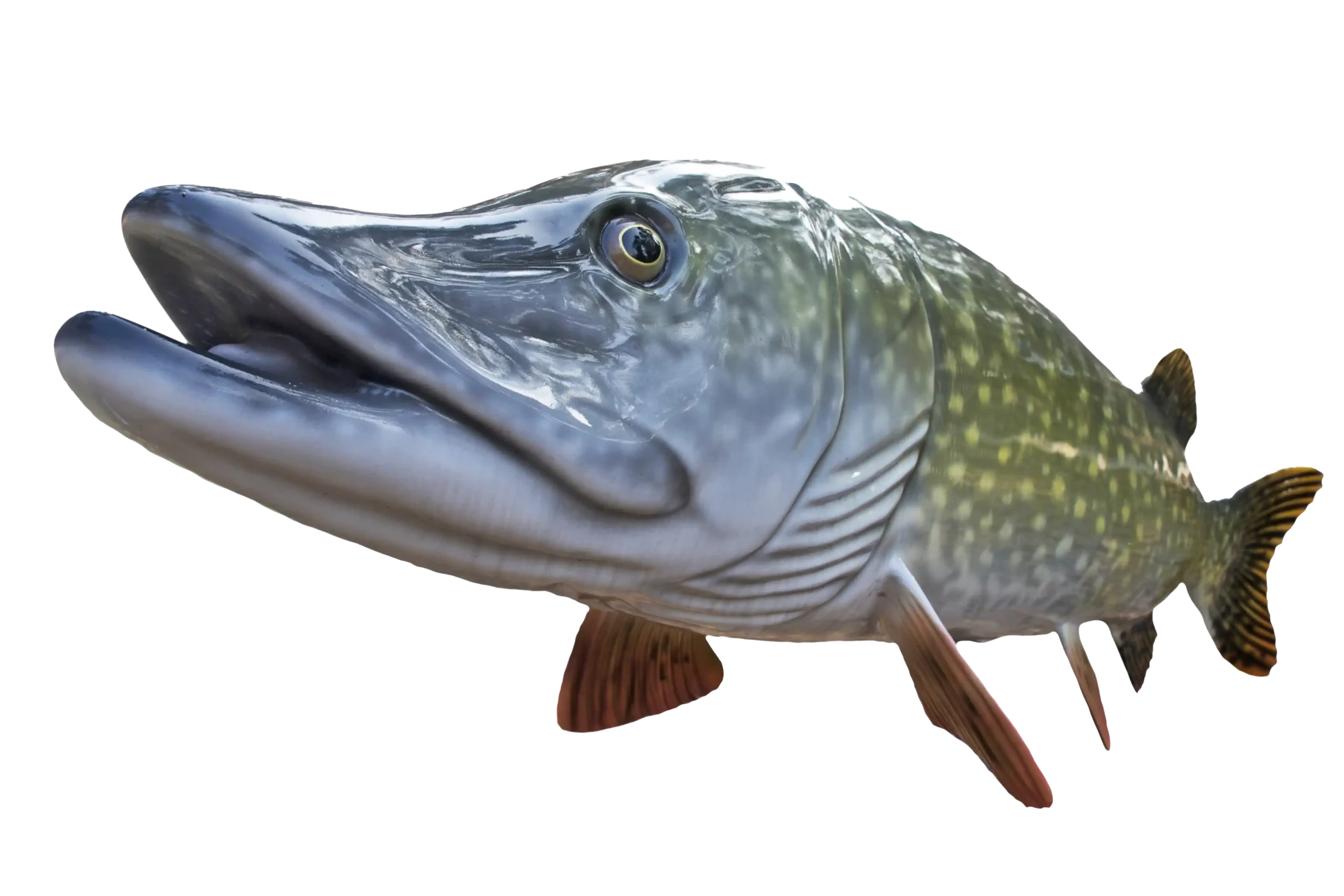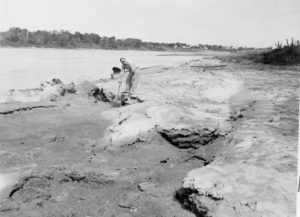

MTT. Minnesota Tournament Trail
NWT. National Walleye Tour
AIM. Angler’s Insight Marketing
Chili Bowl, Border View Lodge
Arnesen’s, Summer Tournament
River Bend Resort, Ladies tournament
Zippel Bay Resort, Northern Pike Tournament
AND MORE!
The Rainy River is a success story. It acts as the international border between the U.S. and Canada all the way from Rainy Lake where it empties out all of the way to Lake of the Woods, a lake in which it feeds 70 + miles downstream. This beautiful river is known to most for it’s world class fishing opportunities. Walleyes running up from the lake in the spring and fall. Massive Lake Sturgeon which have made a huge recovery over the years. Perhaps none of this would have been possible without the many changes that took place to clean up the river.
The below article is a re-print from the Minnesota Pollution Control Agency and highlights the success story of the Rainy River.

In an era of flashy quick fixes, the Rainy River is a story of how slow and steady wins the race. Once one of the most polluted rivers in the state, the Rainy River now boasts “good to excellent” water quality.
Back in the 1950s, the Rainy River was so choked with industrial wood waste and raw sewage, one had to dig several feet to hit water. Now the Rainy River supports drinking water, fishing, tourism, and recreation.
Reading a new report by the Minnesota Pollution Control Agency (MPCA) on the health of the river, another idiom comes to mind: “Many hands make light work.” This story of recovery came via efforts of many agencies and environmental legislation in both Canada and the United States. For more than 50 years, the two countries have collaborated to restore and protect water quality.

“The Rainy River is a vital economic and cultural bond between the United States and Canada,” says MPCA commissioner Laura Bishop. “With all partners working together — including federal, state, and local governments, Tribal Nations, industry, and environmental advocates — we have moved the river from near total destruction to one of the most treasured fishing spots in North America that is also integral to the health of economies on both sides of the border.”
Though it would take several decades to turn the Rainy River around, two pieces of legislation set the river in the right direction: Canada’s Environmental Protection Act in 1971 and the United States’ Clean Water Act in 1972. In addition, the International Joint Commission established the International Rainy River Water Pollution Board to assist the two countries to address pollution in the Rainy River. By the early 1980s, pollutants had dropped dramatically on both sides of the border.
“The improvements that we have seen in the Rainy River demonstrate what can be accomplished when our two countries collaborate, in this instance by working together in the International Joint Commission’s International Rainy-Lake of the Woods Watershed Board, to achieve shared objectives,” said Ariel Delouya, Consul General of Canada in Minneapolis.
The Rainy River is now considered a world-class fishery, and one of the top five places in the U.S. to catch a 10-pound walleye or a four-foot or larger sturgeon. Other aquatic life, such as insects that provide food for fish and birds, are also doing well.
The MPCA report cites the need to continue to protect sensitive headwaters lakes and streams, to ensure spawning for multiple game species. Protections are needed from future development and land use changes. For the report and supporting images, visit the Rainy River pages.
The Rainy River report is the fourth in a series on big river systems in Minnesota. Previous reports have focused on the Upper Mississippi, Minnesota, and Red rivers. The MPCA is now working on its assessment of the St. Croix River.


Lake of the Woods
We firmly believe that the internet should be available and accessible to anyone, and are committed to providing a website that is accessible to the widest possible audience, regardless of circumstance and ability.
To fulfill this, we aim to adhere as strictly as possible to the World Wide Web Consortium’s (W3C) Web Content Accessibility Guidelines 2.1 (WCAG 2.1) at the AA level. These guidelines explain how to make web content accessible to people with a wide array of disabilities. Complying with those guidelines helps us ensure that the website is accessible to all people: blind people, people with motor impairments, visual impairment, cognitive disabilities, and more.
This website utilizes various technologies that are meant to make it as accessible as possible at all times. We utilize an accessibility interface that allows persons with specific disabilities to adjust the website’s UI (user interface) and design it to their personal needs.
Additionally, the website utilizes an AI-based application that runs in the background and optimizes its accessibility level constantly. This application remediates the website’s HTML, adapts Its functionality and behavior for screen-readers used by the blind users, and for keyboard functions used by individuals with motor impairments.
If you’ve found a malfunction or have ideas for improvement, we’ll be happy to hear from you. You can reach out to the website’s operators by using the following email
Our website implements the ARIA attributes (Accessible Rich Internet Applications) technique, alongside various different behavioral changes, to ensure blind users visiting with screen-readers are able to read, comprehend, and enjoy the website’s functions. As soon as a user with a screen-reader enters your site, they immediately receive a prompt to enter the Screen-Reader Profile so they can browse and operate your site effectively. Here’s how our website covers some of the most important screen-reader requirements, alongside console screenshots of code examples:
Screen-reader optimization: we run a background process that learns the website’s components from top to bottom, to ensure ongoing compliance even when updating the website. In this process, we provide screen-readers with meaningful data using the ARIA set of attributes. For example, we provide accurate form labels; descriptions for actionable icons (social media icons, search icons, cart icons, etc.); validation guidance for form inputs; element roles such as buttons, menus, modal dialogues (popups), and others. Additionally, the background process scans all the website’s images and provides an accurate and meaningful image-object-recognition-based description as an ALT (alternate text) tag for images that are not described. It will also extract texts that are embedded within the image, using an OCR (optical character recognition) technology. To turn on screen-reader adjustments at any time, users need only to press the Alt+1 keyboard combination. Screen-reader users also get automatic announcements to turn the Screen-reader mode on as soon as they enter the website.
These adjustments are compatible with all popular screen readers, including JAWS and NVDA.
Keyboard navigation optimization: The background process also adjusts the website’s HTML, and adds various behaviors using JavaScript code to make the website operable by the keyboard. This includes the ability to navigate the website using the Tab and Shift+Tab keys, operate dropdowns with the arrow keys, close them with Esc, trigger buttons and links using the Enter key, navigate between radio and checkbox elements using the arrow keys, and fill them in with the Spacebar or Enter key.Additionally, keyboard users will find quick-navigation and content-skip menus, available at any time by clicking Alt+1, or as the first elements of the site while navigating with the keyboard. The background process also handles triggered popups by moving the keyboard focus towards them as soon as they appear, and not allow the focus drift outside it.
Users can also use shortcuts such as “M” (menus), “H” (headings), “F” (forms), “B” (buttons), and “G” (graphics) to jump to specific elements.
We aim to support the widest array of browsers and assistive technologies as possible, so our users can choose the best fitting tools for them, with as few limitations as possible. Therefore, we have worked very hard to be able to support all major systems that comprise over 95% of the user market share including Google Chrome, Mozilla Firefox, Apple Safari, Opera and Microsoft Edge, JAWS and NVDA (screen readers).
Despite our very best efforts to allow anybody to adjust the website to their needs. There may still be pages or sections that are not fully accessible, are in the process of becoming accessible, or are lacking an adequate technological solution to make them accessible. Still, we are continually improving our accessibility, adding, updating and improving its options and features, and developing and adopting new technologies. All this is meant to reach the optimal level of accessibility, following technological advancements. For any assistance, please reach out to